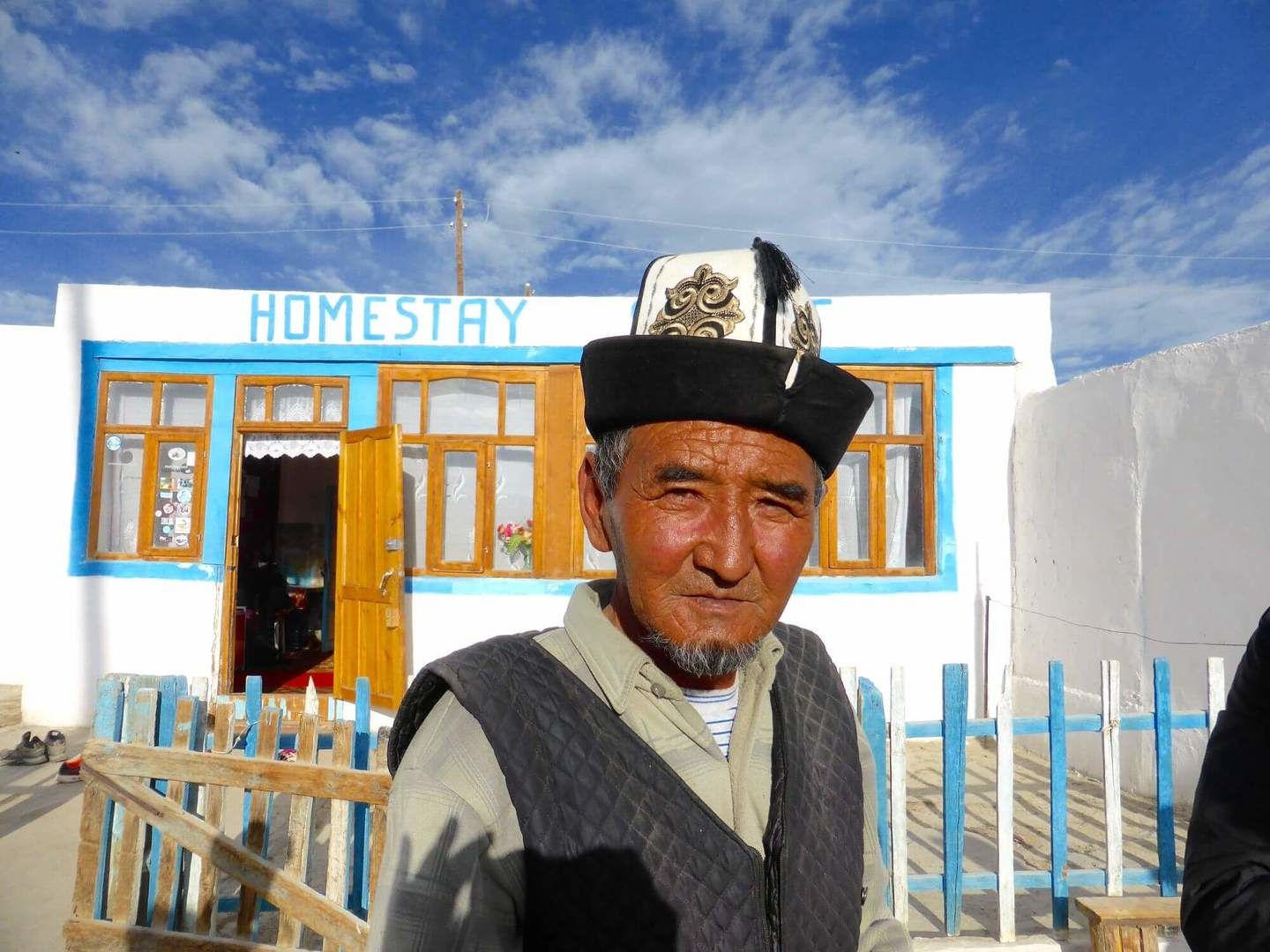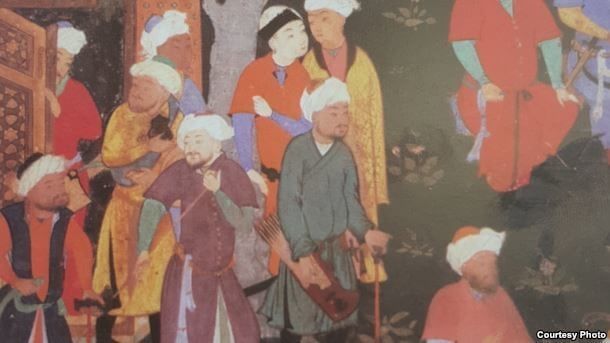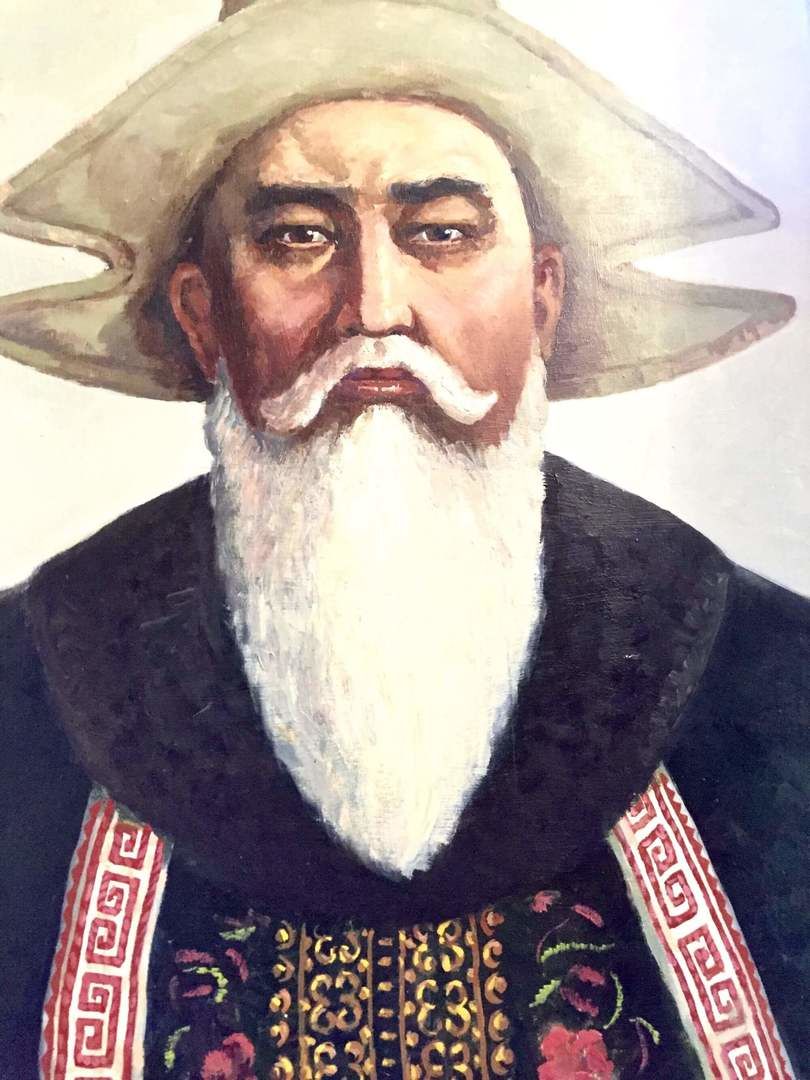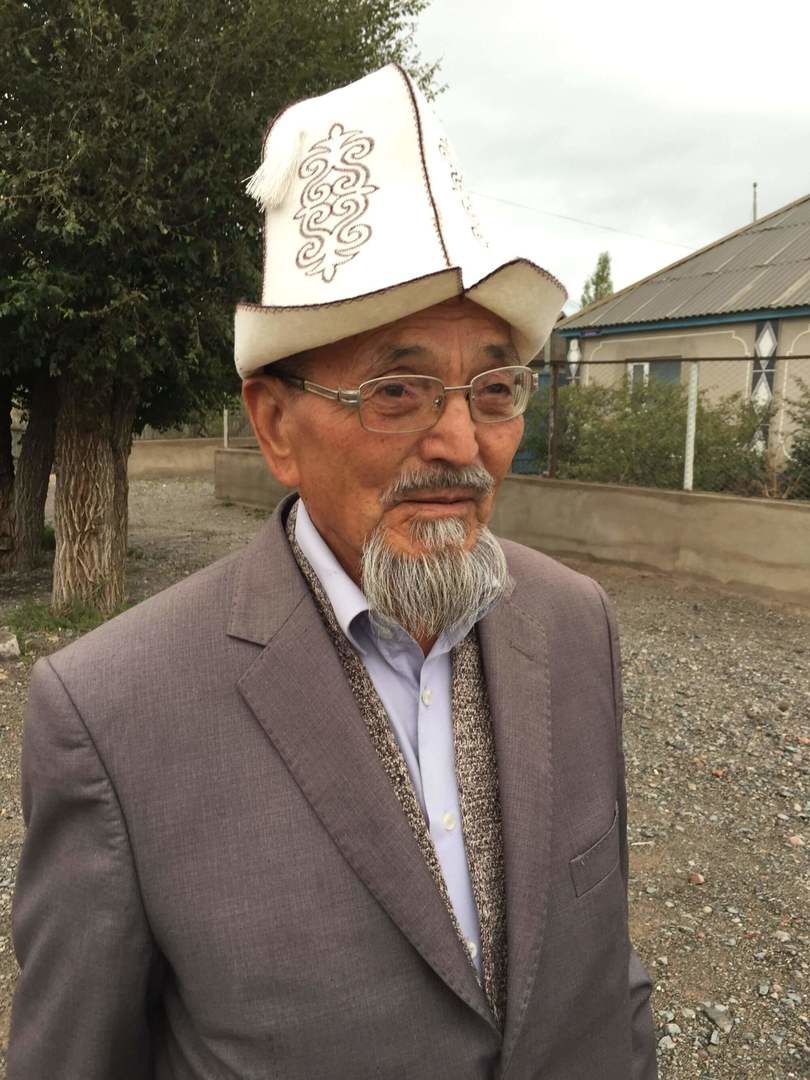What is Kalpak?
Traveling throughout Central Asia, it’s easy to have your heart and soul captured by the other-worldly scenery and rich, ever-welcoming culture. But – right there among the vast steppes and celestial mountains — is an often-overlooked wonder. A wonder that says so much about the people of Kyrgyzstan. Its name? The Kalpak – or Ak Kalpak — a hat for men of all ages. The Kalpak is worn in Kyrgyzstan as an element of everyday wardrobe or festive attire. “Ak” – in the Kyrgyz language means “white”, and also “pure”, and “Kalpak“ means “cap”, or literally “Felt Hat”. The hat is made of white sheep’s felt and decorated with national ornaments each with its own specific and deep symbolism.
History of Kalpak
Some historical accounts help a lot in tracing the history of Kyrgyz people and the use of Kalpak. One of these sources is Baburname, the famous memoirs of Central Asian ruling dynasties. This is an important source as it is also one of the first written documents portraying Kyrgyz people wearing a Kalpak. Baburname is a well-known book written in the sixteenth century by Babur, a ruler of India and Inner Asia. The medieval miniatures clearly show how his surrounding circle was wearing such head attire.
On one of these miniatures from Zafarnama, „the capture of the fortress of the Knights of St. John in the city of Smyrna“ portrays the defense of city walls by soldiers in white hats. This serves as evidence that Kyrgyz were also taking part in the expeditions of Tamerlane and Babur, the grand rulers of Central Asia.
This picture depicts a reception in honor of one of many victories of Timur in Asia Minor, where, apparently, the most notable people are gathered. We can see that among the guests there is also a person in white kalpak.
However, Kalpak was sometimes changed acquiring various forms and ornamented with precious stones and intricate embroidery. Today, different Central Asian countries have their own distinct versions of this extraordinary hat. In the ancient Kyrgyz national epic “Manas”, Kyrgyz people are characterized as “people wearing white kalpak whose apex is white as the top of the Tien-Shan Mountains and the base is dark, as the foot of the mountains”. Some Kalpaks have special use as in the example of Bakai Kalpak. The name comes from epic Manas, where Bakai is a wise man and therefore only wise old people wear those this kind of Kalpak with high sides.
Symbolism of Kalpak in Central Asia
The Kalpak is not only filled with history, it is also replete with symbolism. From the materials that are used to its design to its intricate stitching, everything has its meaning.
The shape of the hat looks like a snow-capped mountain with four sides of the same size made from white felt. These sides represent the four elements: air, water, fire, and earth. There are lines stitched on the top part of the hat. These stitches have intersections, which represent sun and life. There is also a yarn tassel on the right part of the crossing which represents posterity and prosperity. (Given that combination, it is little wonder the yarn tassle also symbolizes happiness.) Lastly, a Kalpak is often decorated with various designs that are indicative of the personality of the owner, as well as the heritage of Kyrgyzstan.
Importance of Kalpak
When you see a Kalpak for the first time, you might think it is nothing but an accessory. In reality, however, it has a much deeper meaning. It is still worn proudly on important events, such as weddings, family holidays, and funerals. It is also given by hosts to their valued visitors during festivities. If during your stay, you are presented a gift of an Ak Kalpak, it truly represents the deep sincerity and hospitality of the Kyrgyz people. In addition, when public officials ascend to a new post, they are given an Ak Kalpak by the national government. This ancient ceremony acts as a modern reminder to the new official to provide honest and wise service to the people of Kyrgyzstan.
Given its cultural importance, a Kalpak must be treated with respect at all times. For instance, a Kalpak should never be thrown on the floor or placed next to a dirty shoe. The reverence for the Kalpak is even embedded in the Kyrgyz language. For instance, according to one Kyrgyz saying, “If you lose your kalpak, you lose your head.” Another Kyrgyz saying contends “Wear a kalpak, and you won’t get sick. It is warm in winter, cool in summer.” (In fact, felt has an extraordinary ability to retain heat in the winter and maintain the normal temperature of the head in the summer by safeguarding against sunstroke and heat exhaustion.) Kyrgyz ancestors knew about these qualities, knew how to adopt to the harsh weather conditions of the continental climate, and have preserved this knowledge to the present day.
On March 5th of each year, Kyrgyzstan celebrates an official national holiday called “Kalpak Day”. The whole country dances, sings, and feasts. Men proudly wear the Kalpak the whole day. In fact, every March 5th it seems as if a joyful white river has spilled over the city. Foreign guests of the mountainous Republic are especially fond of that day because it undeniably reflects the good-natured and generous national spirit of the Kyrgyz people. Indeed, a gift of an ak Kalpak is to be cherished (and not simply because it is unlike any souvenir from any other part of the world). With the wondrous Kalpak, it is easy to tell friends and family about the culture and traditions of Kyrgyz people.
Here’s a bit of science about Kalpak: Kyrgyz researchers estimate that a Kalpak absorbs 33% of moisture by volume, so your head will always remain dry and warm. A Kalpak requires 230 grams of Merino wool and only one-fifth of the stitching of a modern hat. Thus, a Kalpak is efficient to make, practical, and made with love!
Why are we – Central Asia travel specialists- called Kalpak Travel?
Kalpak is a symbol of respect for the majestic mountains, the hospitable culture, and the ancient nomadic history of Kyrgyzstan. By calling ourselves Kalpak Travel, we wish to show our deep respect and admiration for all the traditions, culture, history, and natural beauty of Central Asia.
Travel with us through Central Asia to explore the stunning diversity of national and regional cultures, including deeply meaningful artifacts, of which the Kyrgyz Ak Kalpak is just one of many examples.










